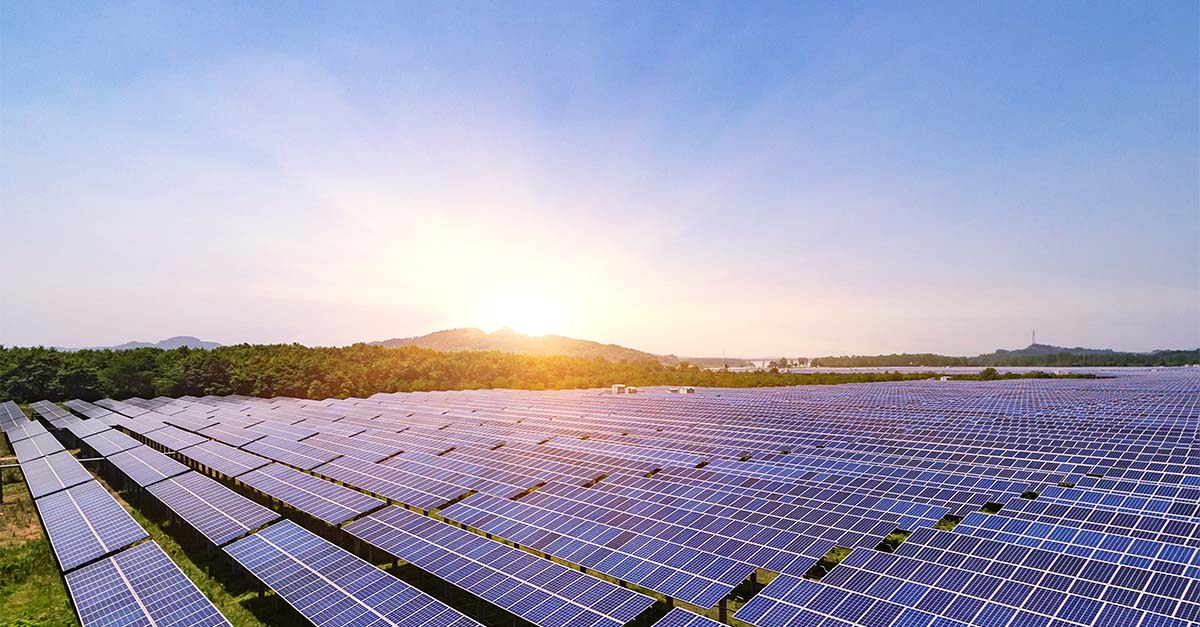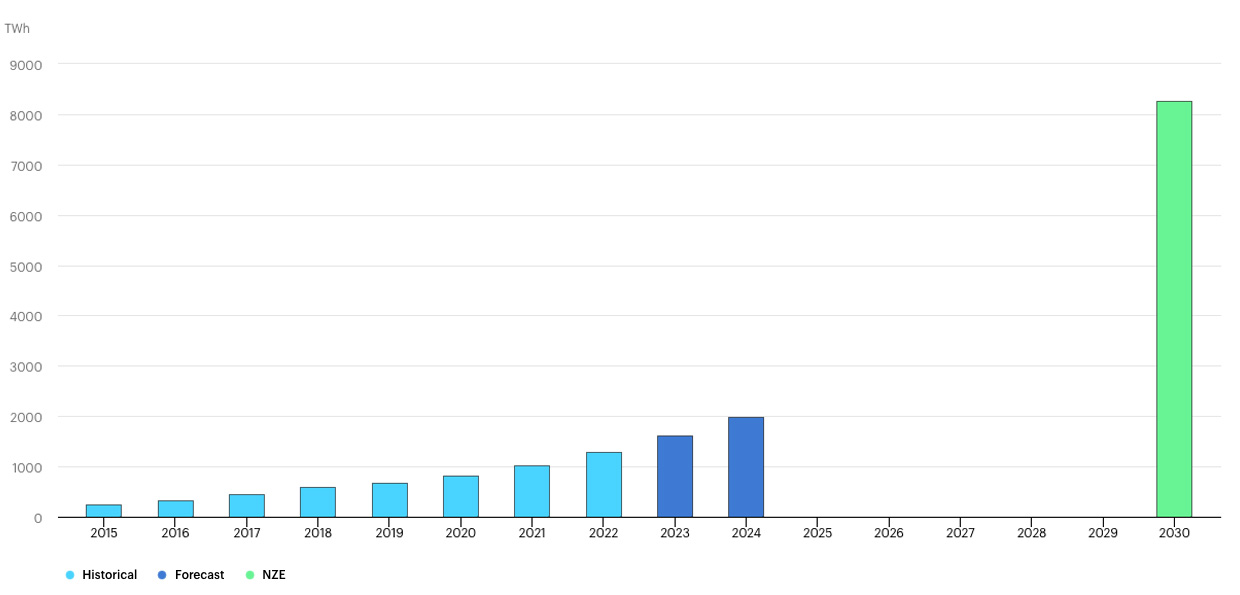Solar power
Solar power production converts sunlight into electricity. It is one of the fastest growing renewable technologies and is playing an increasingly important role in the future global electricity generation mix.
Buying Energy Attribute Certificates (EACs) from solar power generation guarantees that the renewable energy consumed is from this source.

Solar energy
Solar power is complicated to produce, but easy to use. The latitude, season and time of day determine the amount of energy an installation can capture and generate. Clouds and solar-cell efficiency also influence productivity. Forecasts indicate that technology development will bring the cost of solar power generation further down.
Photovoltaics (PV) convert light directly into electricity. PV is a technology that has achieved grid parity in a number of markets, meaning the cost is the same as residential electricity.
Concentrated Solar Power (CSP) uses lenses or mirrors and tracking systems to focus a large area of sunlight into a small beam, which is then converted into electricity.
Solar numbers
There is a growing number of large solar power installations. But today hundreds of thousands of decentralised small-scale systems on private and commercial rooftops make up the majority of the solar power generated.
Solar PV power generation in the Net Zero Scenario, 2015-2030

Solar PV generation increased by a record 320 TWh (up 25%) in 2023, reaching over 1 600 TWh. (IEA)
By the end of this decade, solar PV is set to become the largest renewable source, surpassing both wind and hydropower
.png?width=120&height=120&name=SDG-7-Clean-Energy%20(1).png)
.png?width=120&height=120&name=SDG13-Climate-Action%20(1).png)
Do you want to know more about our products and services? Let's have a chat.
Get in touch
Arturo Sanchez
Senior Key Account Manager
Get our latest news and insights to your inbox
Subscribe to our monthly newsletter to get first-hand market analysis and intelligence on sustainable solutions for your company.